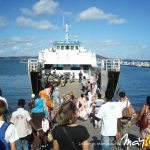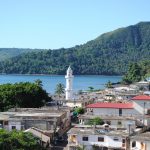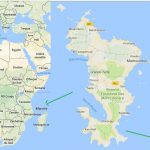
Fostering research excellence
in EU Outermost Regions


Fostering research excellence
in EU Outermost Regions


Located in the Indian Ocean, at the northern entrance to the Mozambique Canal and halfway between Madagascar and Africa. Mayotte is also 1400 km far from Reunion Island and 8000 km from Paris.
Mayotte is an archipelago of about thirty islands dispersed in a lagoon. This lagoon is about more than 1100 km2 but only two of them are inhabited : Grande Terre (365 km2) and Petite Terre (15 km2).

Mayotte is a French territory since 1840 with its own culture. Indeed, in Mayotte beside the fact that French is the official language, two other languages are spoken: Shimaoré and Kibushi.
The lagoon
The island has one of the most beautiful closed lagoons in the world. Indeed, Mayotte is protected by a coral barrier of 195 kilometres.
Thanks to this beautiful lagoon, it is common to see dolphins, whales and marine turtles. In fact, the lagoon of Mayotte is a real wealth and laboratory in terms of marine sciences. At least there are 300 different coral species, 760 tropical fish species, 2 types of sea turtles, hawksbill turtles and green turtles and 22 species of marine mammals, or ¼ of the world’s diversity.
With a population of 256,518 in 2017, Mayotte has an additional 44,000 people compared to 2012, an average of 8,800 more each year.
Between 2012 and 2017, the average annual growth rate of the Mahoran population was 3.8% compared to 0.4% in Reunion and 0.5% in France. Mayotte has therefore become the French department with the highest population growth, ahead of Guyana. The population of the island has doubled in 20 years.
40% of the population of Mayotte is aged less than 25 years old.
|
The structure of the Mahoraise economy is characterized by the very marked predominance of the tertiary sector in the creation of wealth, the composition of the labour market and the formation of the economic fabric.
These characteristics reflect the nature of the Mahorais economic model based on public transfers and consumption. Mahoraise agriculture represents only a small part of the formal economy. Mahoraise agriculture is a means of food self-sufficiency or an income supplement and therefore has a mainly family character. Despite strong demand from the local market, there are few professional farmers. Mayotte has significant potential in the fishing sector, both in terms of employment and production. One of the major problems in the fishing sector is the lack of adequate infrastructure. Until 2013, the aquaculture sector was one of the main producers of the French overseas. When Mayotte became an outermost region in January 2014, the cessation of the aid granted by the Department and the delay in the validation of the European Maritime and Fisheries Fund, there was a breakdown of productions. The industrial fabric had 500 companies in 2017, or 5% of the total registered companies. This sector represents added value in Mayotte in 2016. The main industrial activity includes agri-food (dairy products, eggs, livestock feed, beverages), soap manufacturing, printing and reproduction, metallurgy, woodworking and plastics. |
Mayotte is a real open air laboratory
Mayotte has a wonderful lagoon which provide a lot of resources for Marine Sciences. Thanks to this asset, aquaculture has been a real window to reserch and innovation.
Over 60% of the island is covered by the rural area. With endemic plants, Mayotte is a playground for researcher.